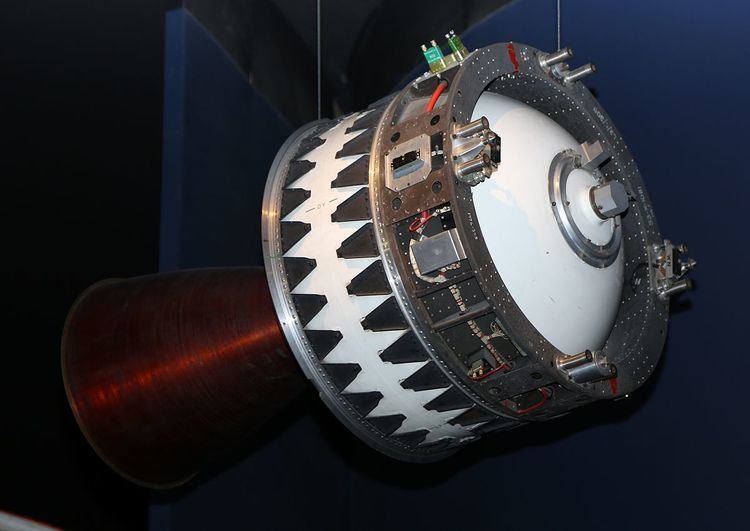 | ||
An apogee kick motor (AKM) refers to a rocket motor that is regularly employed on artificial satellites destined for a geostationary orbit. As the vast majority of geostationary satellite launches are carried out from spaceports at a significant distance away from Earth's equator, the carrier rocket often only launches the satellite into an orbit with a non-zero inclination approximately equal to the latitude of the launch site. This orbit is commonly known as a "geostationary transfer orbit" or a "geosynchronous transfer orbit". The satellite must then provide thrust to bring forth the needed delta v to reach a geostationary orbit. This is typically done with a fixed onboard apogee kick motor. When the satellite reaches its orbit's apogee position, the AKM is ignited, transforming the elliptical orbit into a circular orbit, while at the same time bringing the inclination to around zero degrees, thereby accomplishing the insertion into a geostationary orbit. This process is called an "apogee kick".
The amount of fuel carried on board a satellite directly affects its lifetime, therefore it is imperative to make the apogee kick maneuver as efficient as possible. The mass of most geostationary satellites at the beginning of its operational life in geostationary orbit is roughly half that when it separated from its vehicle in geostationary transfer orbit, with the other half having been fuel expended in the apogee kick maneuver.
